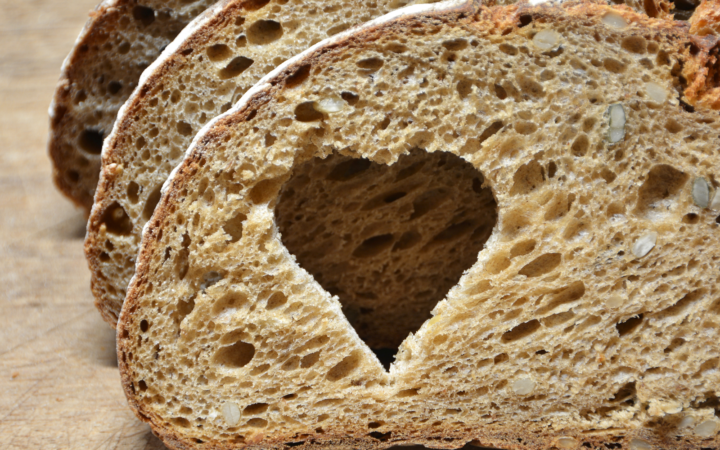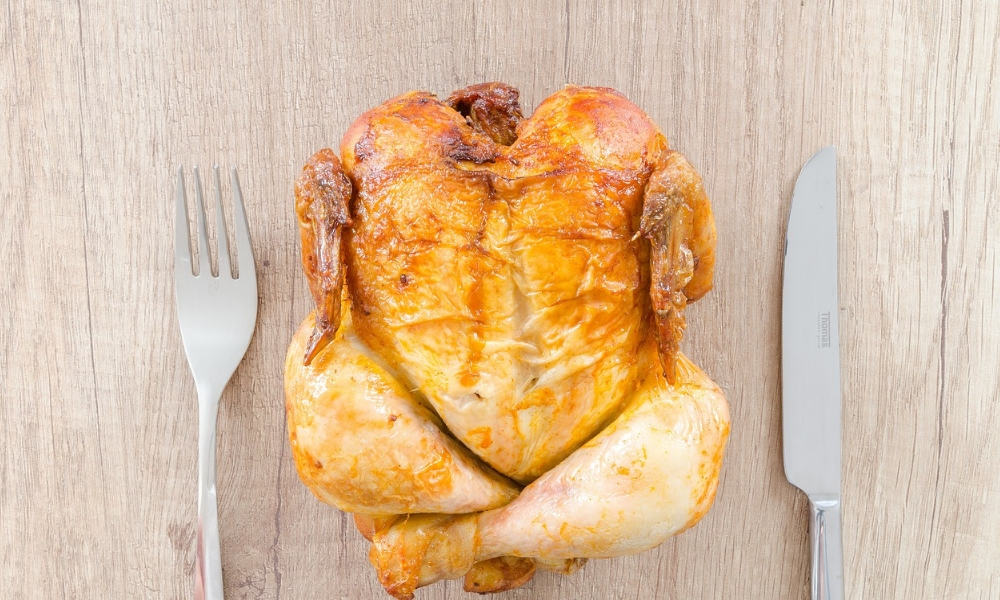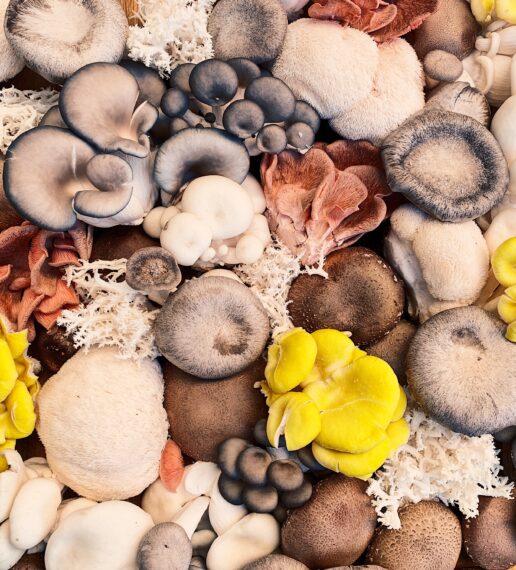Here’s Your Guide To The Slow Carb Diet

Another day, another diet. You might be thinking the last thing anyone needs is one more quick fix that promises weight loss and a life of happily ever after.
From keto to paleo to raw to Atkins to Whole 30…the list goes on and on. But there’s one diet in particular that fans are raving about these days and it’s called the slow carb diet.
Devotees proclaim it helps people lose weight and keep it off without any calorie-counting or much exercise. Sounds too good to be true, but is it? Find out what you need to know about the slow carb diet and the science behind some of its claims.
What is the Slow Carb Diet?
The slow carb diet was created by Tim Ferriss who wrote about it in his 2010 best-selling book The 4-Hour Body. In case you’re not among the millions of people who zealously follow every word he utters or writes, Tim Ferriss is the famed American entrepreneur, podcaster, and overall lifestyle guru who also famously authored The Four-Hour Workweek.
Similar to the ketogenic diet, the slow carb diet focuses on a high-protein, low-carb eating plan. Why? Studies have shown that consuming plenty of protein and few carbs—rather than simply restricting caloric intake—boosts weight loss by breaking down body fat for energy and increasing feelings of fullness. (1)
However, unlike the strict keto diet, the slow carb diet has a weekly “cheat day” so that the diet doesn’t become difficult to sustain. Dietary supplements are also recommended but not required.
Exercise on the Slow Carb Diet
While there’s no disputing that exercise is essential for increasing life span, reducing the risk of numerous diseases, and improving overall quality of life (2), this diet doesn’t put so much emphasis on working out. A minimum of a few times a week for 30 minutes is good.
That said, Ferriss does make the distinction between physical recreation and exercise—playing with your dog in the park or going for a nice stroll is for fun, but exercise is for change.
When it comes down to it, the slow carb diet suggests that you can maximize results with minimal effort. But there is some effort involved. Take a look at what the rules are, what to eat, what to avoid, and what to expect.

Slow Carb Diet Rules
There are some very basic guidelines when it comes to the slow carb diet and they’re relatively easy to follow once you commit to the plan.
1. Avoid “White Carbs”
The slow carb diet is adamant that all refined carbs (aka white carbs) are off limits. These include any processed sugars or grains such as white bread, white rice, pastries, pasta, sweets, cereals, and other snacks where virtually all the fiber, vitamins, and minerals have been removed.
These high-glycemic foods are linked to a host of health issues ranging from overeating, increased blood sugar levels, diabetes, and weight gain. (3)
2. Eat the Same Few Meals Over and Over Again
This is supposed to help keep you on track and not cause any confusion or stress about what sort of meal combinations to create. Much like wearing the same outfit to work every day, this will help minimize decision fatigue, which is a very real thing (4).
3. Don’t Drink Calories
This is a no-brainer even if you’re not on the slow carb diet. There are many calories you might forget about when drinking a latte, beer, or fruit juice, but they add up. Instead, drink plenty of water and stay away from soft drinks and booze. That said, one diet soda or up to two glasses of red wine per day is fine on this diet.
4. Don’t Eat Fruit
Fruits are part of a well-balanced diet, but Ferriss recommends avoiding them since they do have sugar in the form of fructose. Avocados and tomatoes are the exceptions, with up to one cup allowed per day. It should be noted that studies on fructose’s connection to weight gain and obesity are related to sugary beverages, not fruit. (5)
5. Take One Day Off Per Week
People love a “cheat day” and the slow carb diet gives you get one every week. This is the day you can eat anything you want, including fried foods and other no-nos on the meal plan such as dairy products. Curiously enough, there are some scientific studies that suggest a short-term spike in caloric intake might actually increase the metabolic rate (6) and heighten levels of the hormone leptin, which may minimize hunger. (7)

Slow Carb Diet Food list
So what exactly can you eat on the slow carb diet?
There are five food categories that are outlined in the book: protein, legumes, vegetables, fats and spices. While there are more foods that would fit into each of these groups, Ferriss claims too many choices could cause decision fatigue and end up making you want to quit or default to poor food choices.
The following list highlights the allowed foods on the slow carb diet.
Protein
- Egg whites with 1–2 whole eggs for flavor
- Chicken breast or thigh
- Beef, preferably grass-fed
- Fish
- Pork
Legumes
- Lentils
- Black beans
- Pinto beans
- Red beans
- Soybeans
Vegetables
- Spinach
- Cruciferous veggies like broccoli, cauliflower, kale
- Fermented veggies like sauerkraut and kimchi
- Asparagus
- Peas
- Green beans
Fats
- Butter
- Ghee (Indian clarified butter)
- Olive oil for low-heat cooking
- Grapeseed or macadamia oil for high-heat cooking
- Nuts
- Dairy-free creamer (1–2 teaspoons per day)
Spices
- Salt
- Garlic salt
- White truffle sea salt
- Herbs
Slow Carb Diet Supplements
Although not mandatory, there are some supplements that the book recommends including electrolytes such as potassium, magnesium, and calcium.
Other suggested supplements include alpha-lipoic acid, which is an antioxidant linked to weight loss (8); decaf green tea flavanols, namely EGCG, which can boost calorie burn and weight loss (9); and garlic extract, which has demonstrated an ability to decrease weight gain and body fat when combined with consistent exercise. (10)

Helpful Tips
- Breakfast should be protein-packed and eaten when you wake up.
Eating breakfast within one hour of waking up is supposed to kick-start your metabolism for the day. Ideally, you should consume at least 30 grams of protein for breakfast with the rest of your meals about every four hours. (FYI, a protein-packed breakfast is recommended even on your cheat days. - Don’t count calories but don’t overeat either.
Some food exceptions like cottage cheese, nut butters, and avocados are allowed in moderation, so pay attention to their amounts to avoid mindless eating that could rack up your daily caloric intake. - Don’t be in a rush to eat.
When possible, eat your four daily meals slowly. The book recommends taking at least 30 minutes for each meal and thoroughly chewing your food. This not only lets you savor the flavors, but studies show that increased chewing is associated with reduced appetite and can positively impact gut hormones, insulin, and blood sugar levels. (11) - Frozen and canned goods will work.
The slow carb diet understands that not everyone will have fresh ingredients all the time. Frozen veggies and canned beans, tuna, salmon and whatever other permitted foods are fine. Sometimes they’re the most practical when you need to whip up something quickly. - You can go meat-free.
While a vegan diet is not necessarily conducive to a slow carb diet, vegetarians who eat eggs can follow the meal plan with relative ease.
Slow Carb Diet Review
Now that you know a bit more about the slow carb diet, what do you think? For many, it seems like a win-win solution to burn fat and lose weight without making any extreme sacrifices. Granted it might be a challenge to give up carbs and sugary snacks and drinks, but should you really be eating those anyway? (Reminder: You can eat those junk foods on your cheat day every week!)
The slow carb diet ensures you get enough protein as well as a variety of vegetables and legumes. That said, by banning fruit and so many veggies, the slow carb diet hampers your chance to benefit from the many nutrients and antioxidants (12) that these foods offer, not to mention dietary fiber that keeps you regular.
Of course, as with any new diet, be sure to talk to your doctor beforehand. If you decide to give it a try, you just might find that the slow-carb diet is an easy way to slim down, shape up, and feel good in the long run.

